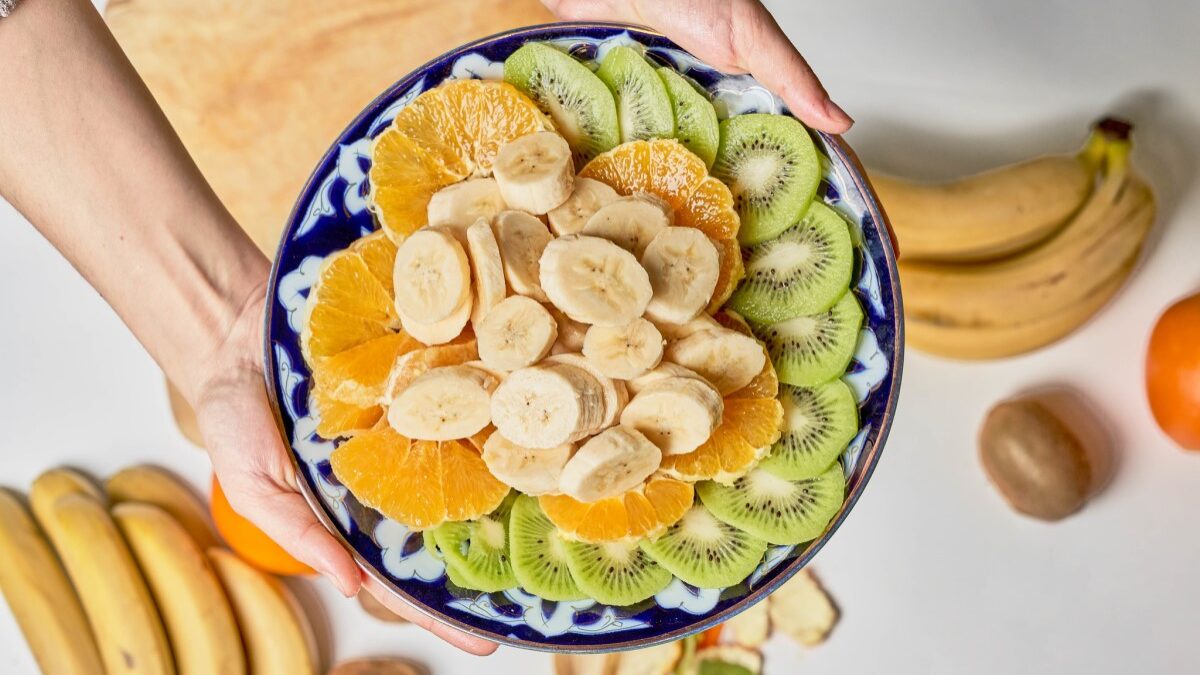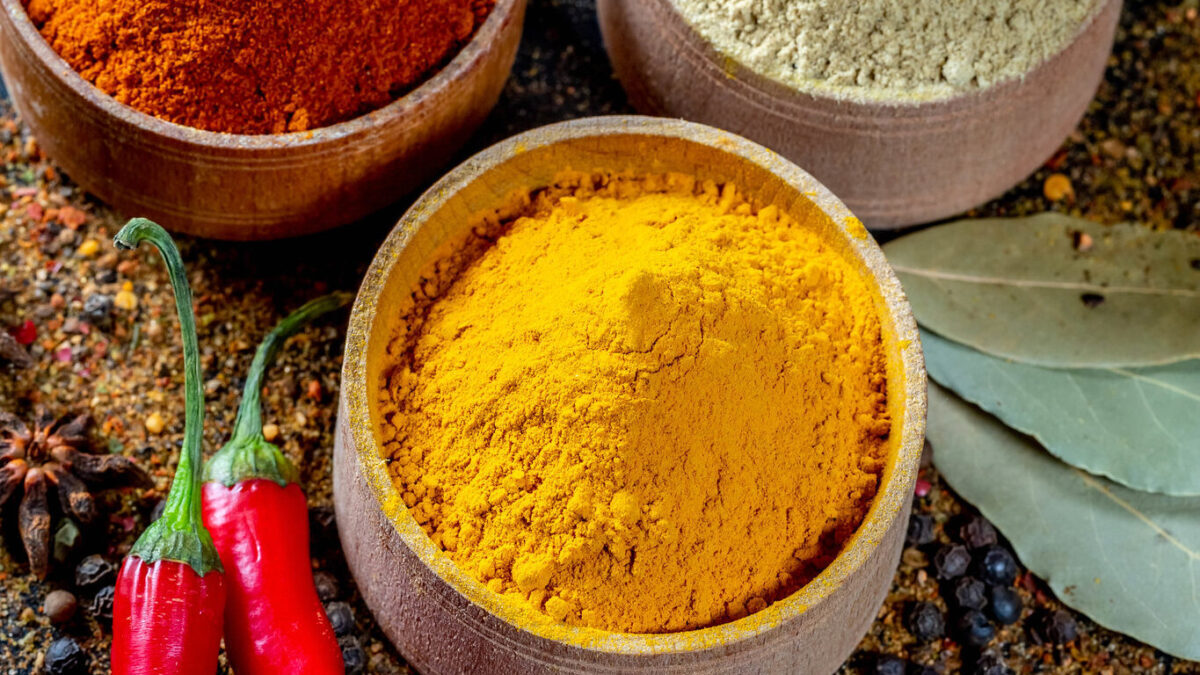
This last weekend saw a titanic struggle in one of America’s most celebrated competitive activities. On one side were upstarts deprived of victory for many years. On the other side were veterans heavy-laden with trophies.
In this great struggle, by which I mean my church’s annual chili cookoff, my wife and I managed to once again seize victory in the “nontraditional” category. Our white chicken chili is peerless, and has dominated our category for three years running.
Chili-making is an art, by which I mean we don’t really have a recipe. We have several recipes that we take inspiration from, and some adjustments and special ingredients that we usually add, but small-batch artisanal chili-making means each pot is a little bit different. Nonetheless, at a time when immigration debates are fierce in our country, I think we can learn a lot from chilicraft.
1. Bad Inputs Can Yield Good Outputs
There’s a terrible trend in modern cooking to use good ingredients. We have convinced a generation of chefs that to make a good meal you need good inputs. You need the finest cheeses, a curated selection of hand-massaged lettuce leaves, ethically sourced guava-meal, and if you get the all-important ingredient-selection right, then you will taste the difference.
This is bunkum. In 90 percent of meals, nobody will be able to taste whether you bought the cheapest onion in a jumbo bag the day before expiration, or whether your onion was hand-selected by an Amish expert who wins prizes every year for onion-selection. It just won’t matter.
It’s the cook who matters, not the ingredients. This timeless truth is never clearer than in chili-making. The hours of heat, the crushing work of stirring, the numerous spices and competing ingredients, the thickening of the sludge, all blends everything together. At the end of the day, you can throw some pretty strange stuff in there and it comes out good.
Have a spare beer on hand? Pour some in! It’ll boil off and might add some flavor! Got that random spice bag you picked up while traveling and you’re not sure what it is exactly? No problem! Toss it in! It’ll blend well. Three slightly soft jalapenos you forgot were in the veggie drawer? That sounds like perfect chili-making material!
It all blends together in the end, and if you’re managing your heat, your headline flavor items, and a few key spices well, it’s going to turn out fine. That’s exactly how immigration works too. What makes good Americans is not good-quality immigrants. When Norwegians or Russians came to America, they were coming from the absolute worst parts of Europe, the backwaters and poverty-stricken blightlands riven by extreme violence, alcoholism, ethnic tensions, and more. When the Irish came here, it was the same.
Even the Germans were, by and large, coming from the rougher parts of Germany. My own ancestors include younger sons of minor nobles, working-class German farmers, and penal colony deportees sent to America to pay for their crimes. But with the proper application of assimilatory pressure, a good spicing of high-quality immigrants to leaven the whole loaf, and that American can-do spirit, our nation transformed some crappy inputs into fantastic outputs.
2. You Want An Even Consistency, But Also Chunky Bits
A key part of a good chili is the consistency. If it’s too runny you’ve just made soup, and chili is not a subset of soup. It is goop, not soup. On the other hand, if you don’t have enough viscosity in your chili, you’ve simply made a hash: lots of cooked stuff tumbled all together, like an overwarmed salad.
For chili to be good, there needs to be a thick-but-still-free-flowing base liquid and, immersed and rather hidden within it, bursts of highly individuated flavor. A chunk of beef suddenly discovered amidst the beanpaste! A slice of… what is that… sweet potato? They put sweet potato in this thing? No matter, it’s delicious, and flavored by the goop around it. That individual piece tastes good even for people who aren’t fans of the yam.
In our debates about immigration, people get caught up in two misleading food analogies. On the one hand, some people say we need a “melting pot,” where immigrants are different kinds of cheese we need to melt together to form American cheese, apparently. This strong view of assimilation suggests the aim is social and cultural conformity, or even uniformity, with a single national aesthetic.
On the other hand, some people prefer to talk about a “salad bowl” nation, where each individual ingredient fully maintains its individuality, but is complemented by highly differentiated neighbors with nicely pairing flavors. This is basically an argument for strong multiculturalism.
But what we really need is chili-pot nationalism. We want most of the inputs to goop together into a roughly even and highly flavorful consistency. But we also want there to be chunks in there that are still identifiably beefy. We want to have a moment where we really taste the jalapeno. We want to be able to pick out a piece of corn, even if most of the corn has nearly dissolved into the slop.
For immigrants, we should expect that, by and large, they’ll adopt many existing American cultural items as their own, but we also expect immigrant enclaves to survive forever. We want 90 percent of Italians to become mostly indiscernible from their neighbors, but we also want Little Italy to be a thriving place. We want our Japanese immigrants to comfortably wear jeans and go to church, but if the occasional kimono slips into the American wardrobe, that’s great too. We want some assimilation, but assimilation that preserves some of the differences of origin.
3. Don’t Apologize for Spice
There are weak people in this country, fading flowers who, when the first whiff of capsaicin hits their olfactory receptors, very nearly faint. Have no sympathy for them (unless they have Crohn’s disease, in which case, probably have sympathy).
Good chili has some heat to it, and it’s better to err on the side of too much than too little. The burn on your tongue, the slight unpleasantness of being unable to ingest with ease, the demand good chili makes that our stomach do some work to process it, is a good and wholesome part of the experience. Asking for chili without spice is like asking for bourbon without bite: it’s just mistaking the essential nature of what the thing is.
Americans have always been a spicy bunch, and we always will be. We are descendants of the bad parts of Europe. We are the footloose offspring of footloose people. We are the ones who didn’t fit in back in the old country, who couldn’t just get along and play nice with the king, or the Kaiser, or the czar, or the sultan, or the party. We are the heirs of revolution, of the spirit of 1776, and of 1848, and of others. We are a schismatic, argumentative, prone-to-violence kind of people. And we shouldn’t want it any other way. This is who we’ve always been.
Academic research on American identity in the nineteenth and eighteenth century shows substantially greater name diversity among Americans than among same-origin Europeans, and the highest name-diversity in America in frontier areas, where “rugged individualism” was most common. This American spice can make us hard to digest, and many of the faded flowers of Europe rightly see us as obnoxious. Well, we are obnoxious. It’s why we left their stodgy old continent.
At the same time, a good chili needs more than just spice. It needs salt, maybe some cilantro, some cumin for binding warmth and to give it a good nose, and other spices. It needs a community of spices to help the heat bring about its own best flavor profile.
As Alexis de Toqueville noted about Americans long ago, we are joiners. We form associations. We make churches, we charter new towns, we gather in clubs, we commune in the unholy cesspool of Twitter. We as a people are at our best when we bring all our fire and spice and immerse it in a wider community of care and interest. With community life in America increasingly dying, I do worry that a vital part of true American-ness is dying too.
If you follow the advice above, you’ll be well on your way to producing a highly competitive chili. I’ve kept a few secrets about our chili-making for myself (the Stone family is in it to win it), but I hope next year we face some stiffer competition. Of course, if we followed this advice as a nation, that’d be swell too.









